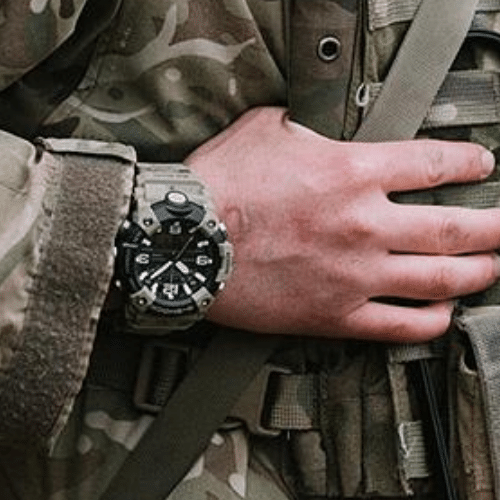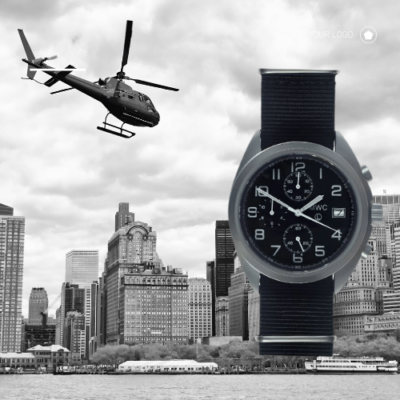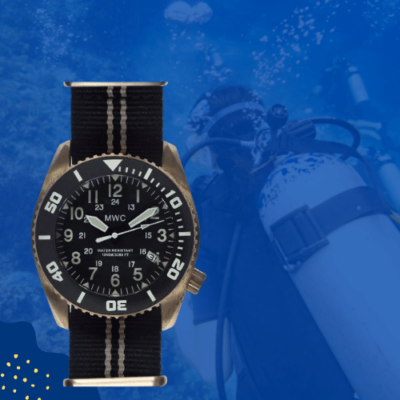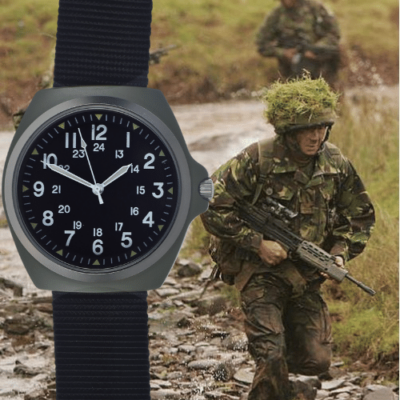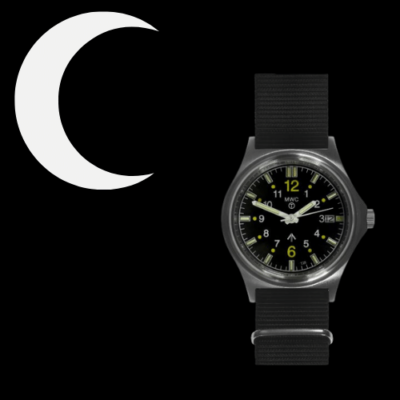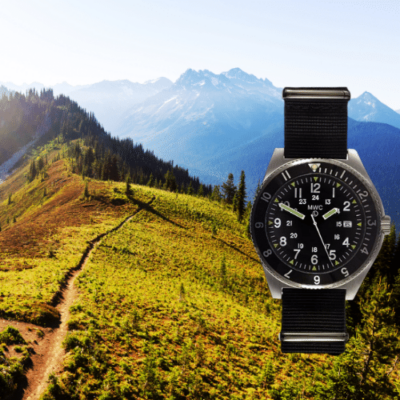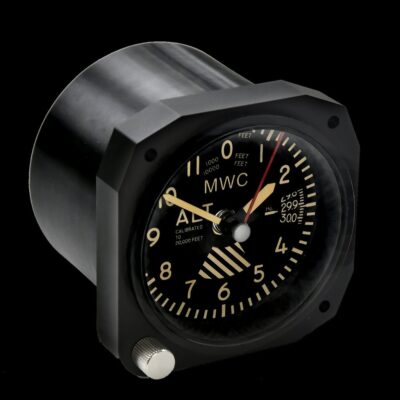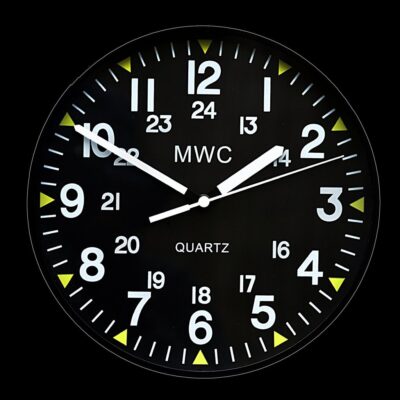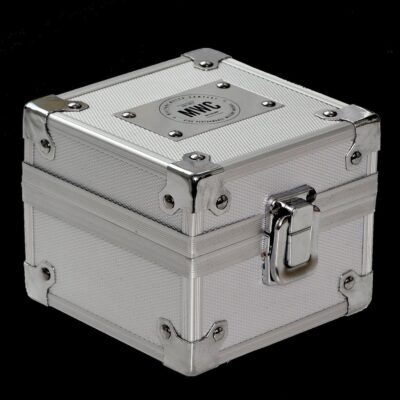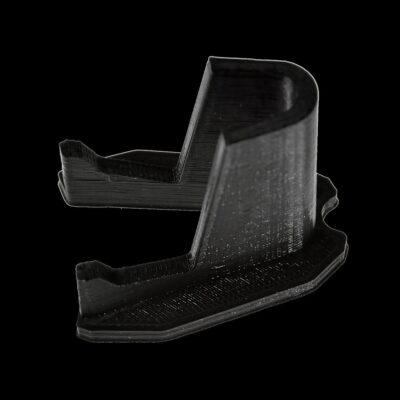News
Bombcats: How Iran Modified its F-14s Into Long Range Strike Fighters
The F-14A Tomcat fourth generation fighter has had an elite status in the Iranian Air Force since the first deliveries were made in 1975, with the aircraft having been the first of their generation ever exported, and continuing to be relied on heavily for air defence duties today. Five years after deliveries began, the fighters would be intensively combat tested following the outbreak of the Iran-Iraq War in 1980, particularly after the Iraqi Air Force began to operaiotnalise more capable combat jets later on in the conflict such as the MiG-25PD interceptor and MiG-23ML fighter. Although the Iranian Air Force fielded large numbers of F-4D/E and F-5E/F fighters capable of providing close air support and launching bombing raids, the service would come to adapt the F-14 for air-to-ground operations. Despite having been developed primarily for air-to-air combat, the F-14’s particularly long range and high weapons carrying capacity were seen to make it ideal for such operations.

Iraq’s advantages in its deep strike and close air support capabilities were significant, with its MiG-25RB reconnaissance-bombers being unmatched in their ability to drop 2000 kilogram payloads on cities across much of Iran, while remaining near invaluable to interception efforts. The Iraqi Mi-24 attack helicopter procured from the Soviet Union was wholly unmatched for its time, providing valuable support for ground units, while the Scud-B ballistic missile allowed for strategic bombardment of Iranian cities, which Iraq was able to respond to by procuring Hwasong-5 missiles from North Korea. The modification of the F-14 to serve as a bomber appeared to be a desperate attempt to respond. The fighter’s far more modern avionics than the F-4E reported allowed them to be modified with automatic bomb release algorithms that facilitated greater accuracy, while its central under fuselage canal further served to reduce the drag effect from large bomb loads.

Although Iranian sources claimed that the modification of the F-14 fleet for bombing operations was the result of a successful indigenous initiative, U.S. assistance appears to have played a significant role. In return for assistance in recovering American hostages in Lebanon, and provision of funds which were funnelled to aid U.S. backed Contras militants in Niceragua, Iran was provided with a number of armaments including much needed parts for its F-14 fleet, under what came to be known as the Iran-Contras affair. Bomb racks used by the Iranian F-14s bear a close resemblance to U.S. Air Force BRU-34s and BRU-42s, first used in the mid 1980s at around the same time they started to be employed by Iran. Another possibility remains that these racks were procured through black markets at the time. With the United States remaining hostile to both Iran and Iraq, it remained policy to support both sides in order to prolong the war, namely by backing whichever party was losing.

Once modified, the first strike operation by an Iranian F-14 was reportedly flown by Iranian Air Force Brigadier General Shahram Rostami some time in 1985. By this time Iranian forces had largely repelled the Iraqi invasion, and were beginning a counteroffensive of their own. The mission was flown from 5th Air Base, and targeted the field headquarters of an Iraqi division near the front lines. While relatively safe from interception, the Iranian crews’ inexperience in carrying out strike missions meant that the bombs fell wide off the mark and the mission failed. The failure prompted further modifications to the F-14 for future missions. Iran sought to develop a heavier bomb for its F-14s, and a massive 3,200 kilogram bomb was thus produced indigenously, providing a payload equivalent to that of three Scud-B missiles. The Iranian Air Force’s commander in chief General Abbas Babaei reportedly traveled to a front line observation post to personally monitor the effect of the new munition. While initially the bomb was thought to have been a dud, an explosion later occurred far from target. Whether the Iranian Air Force would later be able to apply the new bombs more effectively remains unknown, but the deployment of the weapon and the size of the explosion reportedly had an on Iraqi morale.

The F-14 faced several limitations as a bomber, particularly when compared to the MiG-25RB. The Soviet jet had been developed from the outset for bombing operations, and could engage targets with much greater precision. Despite being a heavier aircraft, the MiG-25 was a much simpler design which required less maintenance, and could thus maintain far higher availability rates to launch sorties at higher rates. Most significantly, the MiG-25’s speed and operational altitude were totally unmatched worldwide, while those of the F-14 were relatively low and far below those of even the new MiG-29s which Iraq would begin to field in 1987. This ensured that F-14s would be highly vulnerable if flying over Iraqi territory unescorted, and that despite their long ranges then could not be used for strategic bombardment of Iraqi cities without suffering from unsustainabile attrition rates. Considerable uncertainty remains regarding the F-14’s effectiveness as a bomber, with the class’ combat record having also left something to be desired even when operating under favourable conditions against Soviet combat jets that were considerably older.

